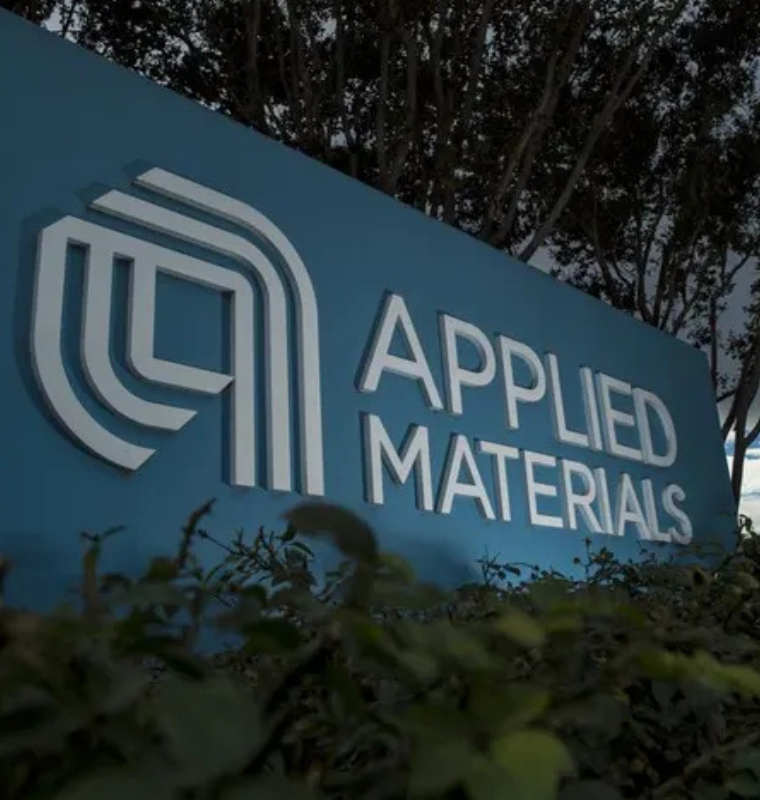China Quietly Defies U.S. Sanctions to Remain Iran’s Top Oil Buyer — And That’s Unlikely to Change
China Quietly Defies U.S. Sanctions to Remain Iran’s Top Oil Buyer — And That’s Unlikely to Change
By
David Goldfarb
Last updated:
June 27, 2025
First Published:
August 3, 2025

Photo: The Economic Times
China’s Oil Trade with Iran Thrives Despite U.S. Sanctions
Despite sweeping U.S. sanctions intended to cripple Iran’s oil exports, China has continued to purchase vast quantities of Iranian crude — often at steep discounts — using a complex system of covert shipping and alternative payment channels. Analysts say this trade is unlikely to stop any time soon, with China's demand and strategic interests outweighing the risks of U.S. retaliation.
China’s customs data has not reported Iranian crude imports since mid-2022, but satellite ship-tracking from Kpler tells a very different story. According to their analysis, Chinese imports of Iranian oil nearly doubled to 17.8 million barrels per day (mbd) in 2024 from 2022 levels. In the first five months of this year, imports remained stable at 6.8 mbd, maintaining the upward trend.
China Dominates Iranian Oil Imports
As of 2024, China consumes nearly 90% of Iran’s total crude and condensate exports, according to the U.S. Energy Information Administration (EIA). That dominance reflects a deeply entrenched trade system where Chinese buyers capitalize on Iran’s isolated position in global markets.
In 2023, Iranian oil and petrochemical exports generated an estimated $70 billion, per a U.S. Congressional report. Despite successive waves of sanctions, those revenues have been resilient — driven largely by Chinese demand and discreet shipping tactics.
Iran’s discounted oil is a key incentive. For instance, Iranian Light crude is priced $6–$7 per barrel lower than similar non-sanctioned grades like the UAE’s Upper Zakum, which traded around $64 per barrel recently, said Muyu Xu, senior oil analyst at Kpler.
How China Circumvents Sanctions: Shadow Shipping and Teapots
The backbone of this oil trade lies in China’s independent refineries, often referred to as “teapots.” These smaller facilities, mostly located in Shandong province, are known for agility and risk tolerance. They remain the primary customers of Iranian crude, while major Chinese state-run oil firms maintain their distance to avoid U.S. scrutiny.
Teapots buy oil on a delivered basis, which means sellers are responsible for shipping — including transport via "spoofed" tankers that disguise routes and cargo origins. Most Iranian oil shipments are transferred mid-sea, often in the Strait of Malacca or off the Malaysian coast, to non-sanctioned vessels, masking the source.
“Once documents are switched, and ship-to-ship transfers occur, it becomes difficult to trace the crude’s origin,” said Punit Oza, president of the Institute of Chartered Shipbrokers. The trade’s complexity increases further with AIS spoofing, a practice where ships transmit false location data.
Bridget Diakun of Lloyd’s List Intelligence called the waters off eastern Malaysia a “hot spot for Iranian oil transshipment.” Her team has observed a spike in tankers spoofing their locations in that region to hide transfers and mislead regulators.
Payments in Yuan, Outside the Dollar System
Chinese buyers avoid U.S. banking channels entirely. Payments are typically settled in renminbi via small, regional banks already under U.S. sanctions — thus isolating China’s major financial institutions from risk. This yuan-based oil trade avoids the SWIFT network, dominated by the U.S. dollar, and shields participants from secondary sanctions.
“Without dollar exposure, exclusion from SWIFT doesn’t pose a significant hurdle,” noted RBC’s global energy strategist Brian Leisen. “That’s why physical flows have continued largely unaffected, regardless of political rhetoric.”
China’s "Malaysian" Oil Surge Raises Questions
Data from the EIA shows that China’s crude imports from Malaysia rose to 1.4 mbd in 2024, up from 1.1 mbd in 2023 — even though Malaysia’s domestic output is only around 0.6 mbd. The imbalance strongly suggests that a large volume of Iranian oil is being re-labeled as Malaysian before delivery to China.
This method of masking cargo origin offers another layer of deniability and illustrates how established and sophisticated the trade network has become.
Trump’s Surprising Signal — And Market Jitters
Former President Donald Trump recently created waves with a Truth Social post suggesting that China could continue buying Iranian oil. While it contradicted his administration’s maximum pressure campaign, markets responded immediately — with U.S. crude prices tumbling 6%.
A White House official later clarified that the statement should not be interpreted as a policy shift. However, Kpler’s Muyu Xu believes the comment may represent a “strategic opening” — a move to encourage Iranian participation in ceasefire agreements and nuclear talks, while showing diplomatic flexibility toward Beijing.
“It could be a trade-off to de-escalate tensions on both fronts,” she said.
Trump also remarked at the NATO summit that “Iran’s going to need money to put that country back into shape,” further fueling speculation that some level of sanctions relief may be on the horizon — or at least that enforcement might slow.
Outlook: Trade Continues, Sanctions Endure
Despite the continued tightening of sanctions under both Republican and Democratic administrations, the physical flow of Iranian oil to China has remained steady, thanks to operational sophistication, risk mitigation strategies, and strong bilateral demand.
While there’s no official policy shift, analysts say that enforcement fatigue, geopolitical recalibration, and energy market dynamics could allow this arrangement to persist — if not expand — in the near term.
“There’s no clear conclusion on Iran’s future,” RBC’s Leisen said. “But for now, the physical oil market is functioning as usual — with China remaining Tehran’s economic lifeline.”
Popular articles
Subscribe to unlock premium content
Indra Nooyi’s Strategic Vision at PepsiCo: Balancing Profitability with Purpose

Nike’s Direct-to-Consumer Revolution: How Cutting Retailers Boosted Profits and Control

Spotifys Playlist Power Turning Music Curation Into An Advertising Goldmine

Indra Nooyi’s Strategic Vision at PepsiCo: Balancing Profitability with Purpose

Nike’s Direct-to-Consumer Revolution: How Cutting Retailers Boosted Profits and Control

Indra Nooyi’s Strategic Vision at PepsiCo: Balancing Profitability with Purpose









